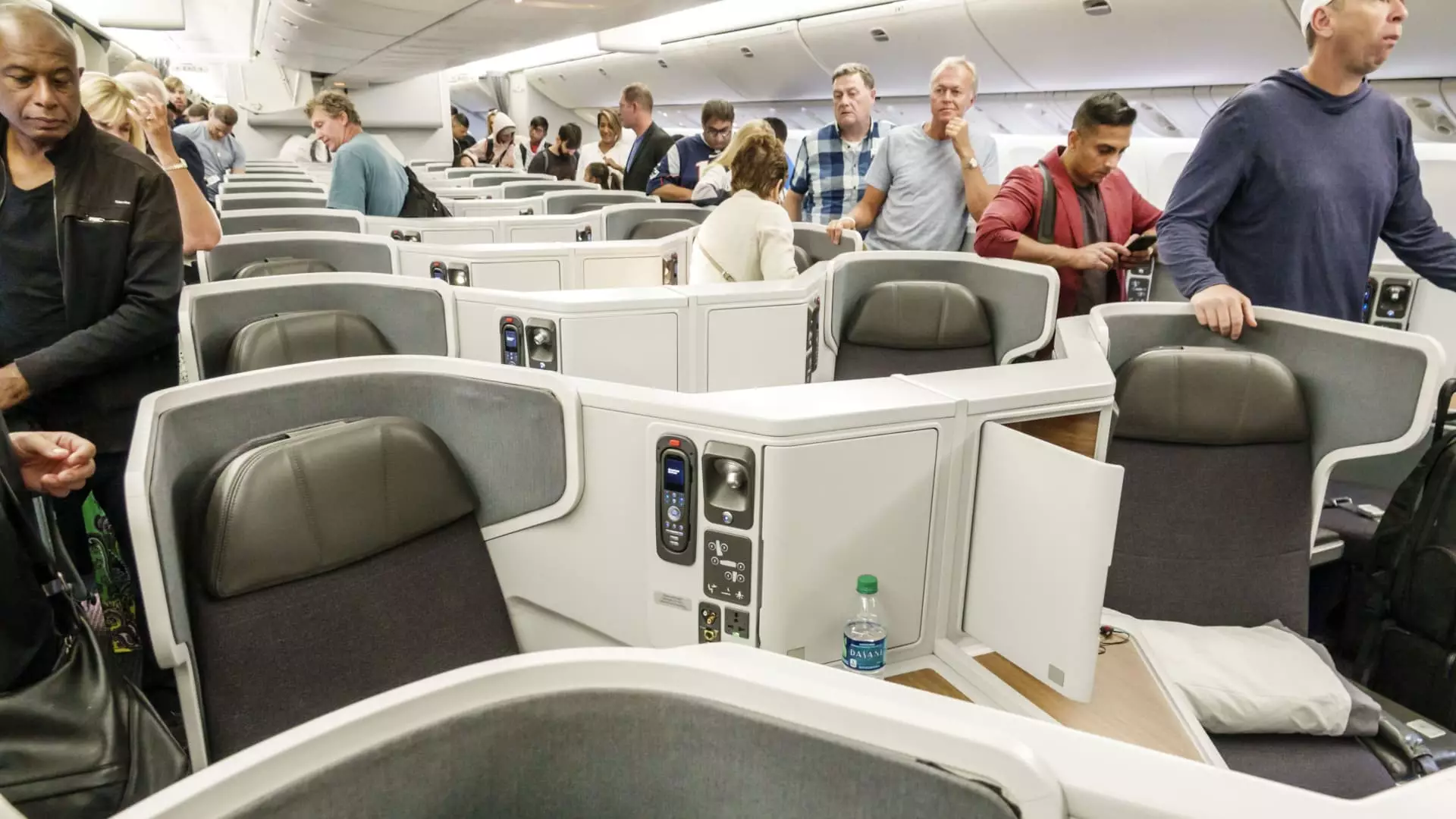Navigating the post-pandemic world of air travel has revealed a significant shift in consumer preferences regarding seating options. As more travelers look for comfort and space, airlines have adapted to meet these new expectations by rethinking their seating arrangements and upgrade strategies. No longer are the cheap seats the only attractive option for passengers; the market has evolved into a battleground of experiences, where consumers are willing to invest in a more enjoyable journey.
The onset of the COVID-19 pandemic profoundly changed the dynamics of air travel. With travelers increasingly prioritizing comfort, airlines have seen a surge in demand for premium seating in the front of the cabin. This trend has resulted in fewer free upgrades available for frequent flyers, as the competitive landscape is becoming increasingly crowded. The shrinking availability of premium seats is set to intensify during peak travel seasons, provoking more anxiety among loyal customers who previously relied on their elite status to secure upgrades.
Analysts predict this surge in demand will persist well into the future. For instance, aviation data from Cirium forecasts a 1% increase in airline capacity during the first quarter of 2025 as travel continues its upward trajectory. Glen Hauenstein, Delta Air Lines’ president, emphasized during an investor meeting that winter also shows robust revenue generation on transatlantic routes, highlighting the sector’s resilience even in traditionally weaker travel periods.
The price differences between economy and premium seats have become increasingly pronounced, directly influenced by several factors such as demand, distance, and seasonal trends. For example, a United Airlines round-trip from Newark to Los Angeles can have a stark contrast in pricing, ranging from approximately $347 in economy to a staggering $1,791 in the airline’s higher-end Polaris cabin. American Airlines showcases a similar pattern, offering tickets from New York to Paris with economy fares at $1,104 and premium business class tickets priced at $3,038.
Despite these high price tags, airlines continuously grapple with how to balance customer loyalty with the urgent need to boost revenues. Loyalty programs have transformed into critical revenue streams for airlines, leading to a re-evaluation of how elite status is earned—focusing more on spending rather than just miles flown.
Changes in Airline Loyalty Programs and Strategies
A notable trend is airlines adjusting their loyalty programs to reward monetary expenditure over miles traveled. Following suit behind Delta, which reported that about 75% of its first class is now sold rather than comped through rewards, more airlines are wrestling over the cost-benefit of free upgrades. Conditions are also changing for earning elite status, with United Airlines planning to raise its spending minimums in the coming year.
Despite the competitive pressure, American Airlines has announced it would maintain its present requirements for the next earning year. This could reflect a strategy to stabilize its loyal customer base during uncertain economic conditions while observing consumer preferences shift towards premium experiences.
As the demand for premium seating rises, airlines are scrambling to adapt. Companies like JetBlue and Alaska Airlines are revamping their aircraft with added premium amenities, reflecting the changing tastes of modern travelers. Alaska Airlines, for example, has indicated robust plans to introduce more premium seats and retrofitting aircraft for international flights—a clear response to market research indicating that a significant consumer segment craves greater comfort in their journeys.
American Airlines and other major carriers are also attempting to enhance customer experiences by simplifying the upgrade process. Features like post-purchase upgrade options aim to make transitioning to premium seats more accessible, demonstrating airlines’ desire to meet the rising consumer demand for refined travel experiences.
In light of these transformative trends, airlines are acknowledging that the days of cost-saving on seats may be over. As younger generations begin to dominate air travel, shifting attitudes around spending on experiences rather than tangible goods are evident. This has prompted airlines like Southwest, while maintaining their traditional layout, to consider retrofitting with enhanced legroom options, catering to evolving consumer preferences without significantly compromising their model.
In the end, as competition heats up in the skies, it has become apparent that airlines must prioritize passenger comfort and innovate their cabins if they want to thrive. The aviation industry is primed for further transformations, with an emphasis on improving the travel experience waiting to take flight—a shift that could reshape the landscape of air travel for generations to come.

